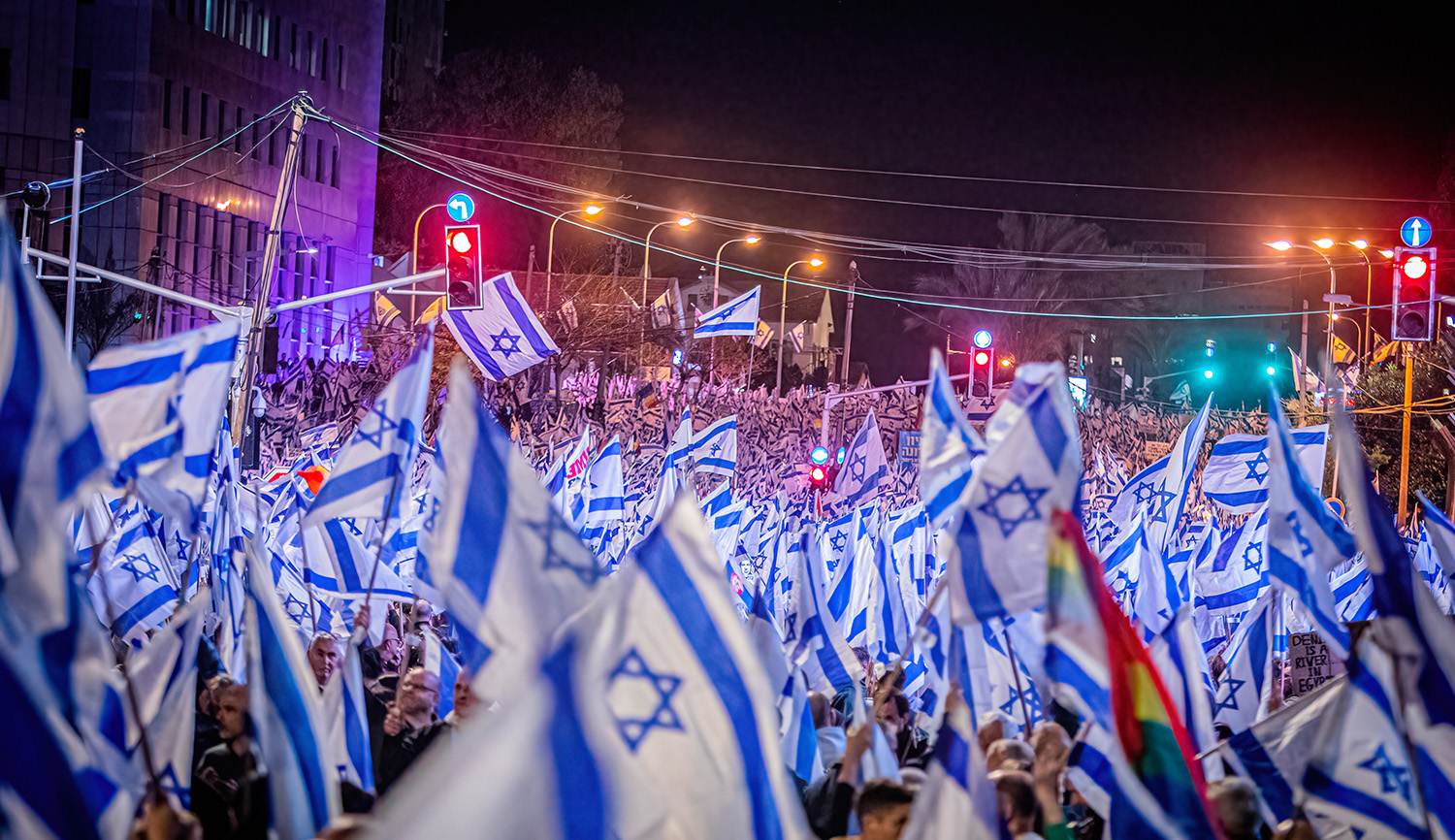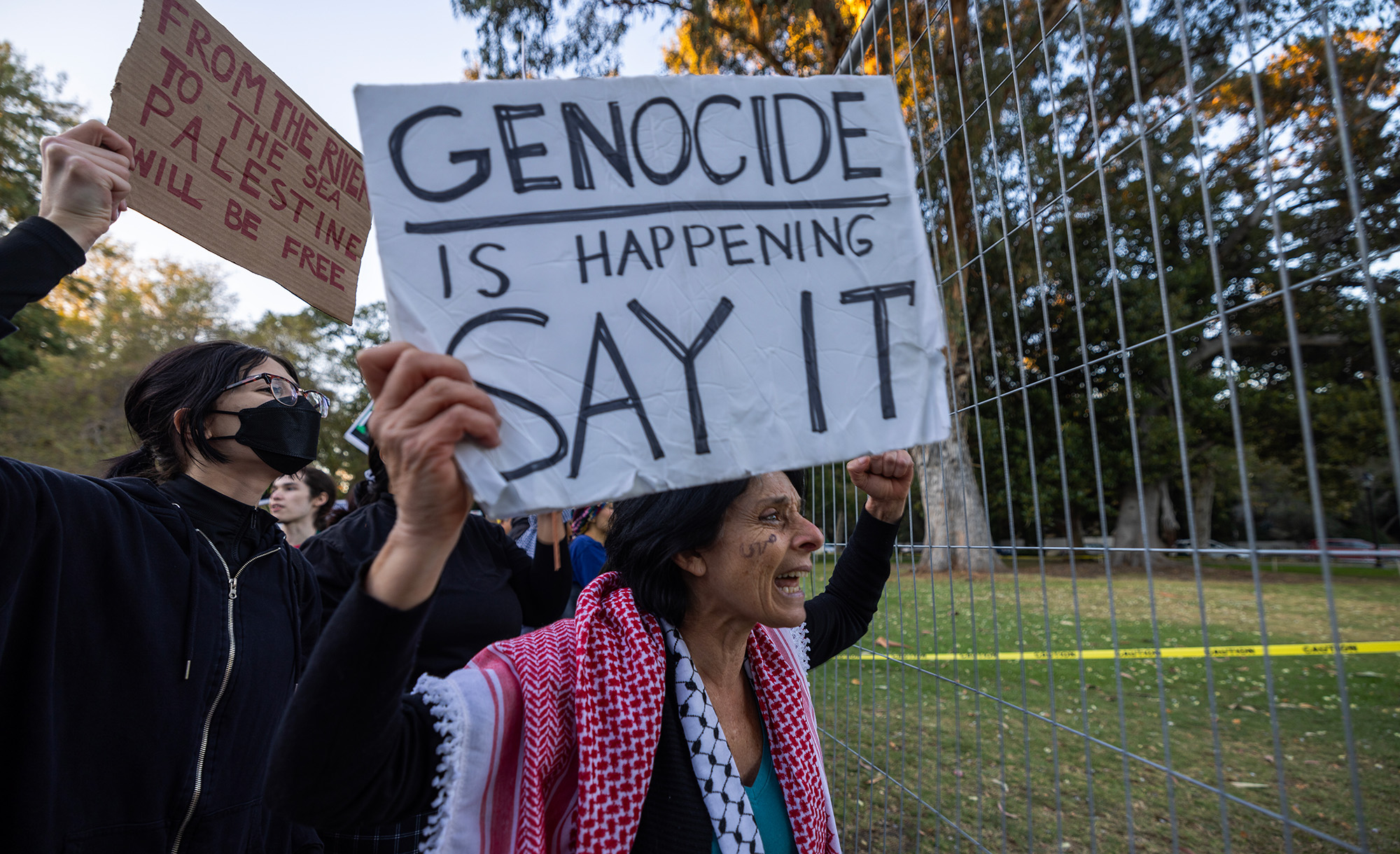Spokesmen for the U.S. State Department did not hesitate to condemn Israel for its alleged lack of “restraint” or “proportionality” during the Gaza war. Now, as the U.S. steps up its bombing campaign against Islamic State, is the American military being held to a higher standard? Although the Pentagon has not publicized any estimates of civilian casualties, it is unlikely the air force is sending text messages to warn of impending missile strikes. How to explain the State Department’s hutzpah? Roger L. Simon has an answer:
It’s easier (safer) to attack the Jewish state, which is democratic and often wildly self-critical, than it is to be honest with totalitarians who are truly dangerous. And when you criticize Israel, to justify your behavior to yourself, you then have to make yourself believe something is genuinely wrong with it, just as wrong as with the Middle Eastern countries that surround it where torture, misogyny, and murder are commonplace. This is the process that goes on in our State Department and administration and has for a long time. It’s a kind of low-rent version of the old saying, “Europe will never forgive the Jews for Auschwitz.”
More about: ISIS, Laws of war, Protective Edge, State Department


